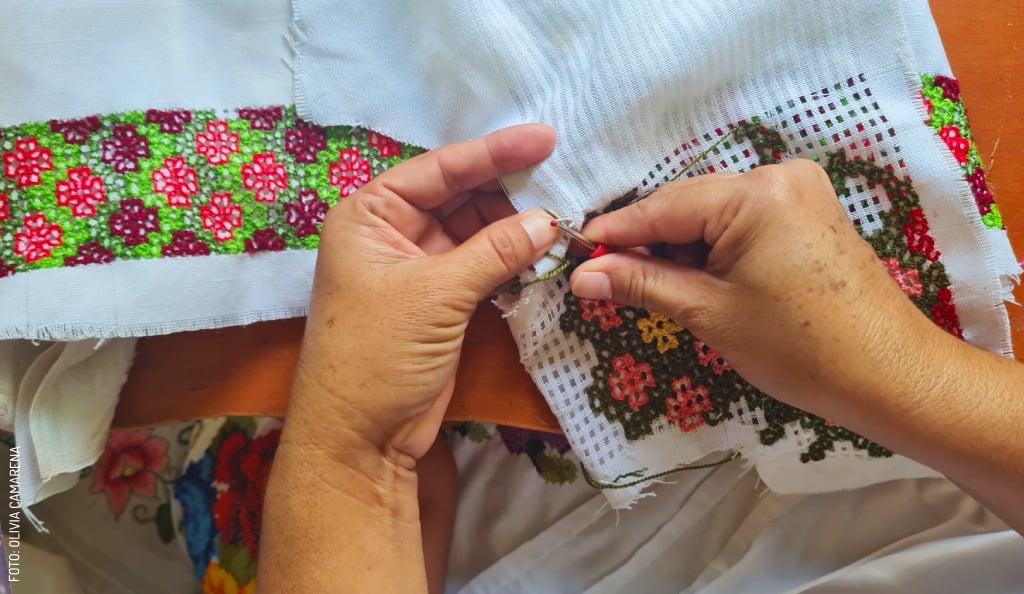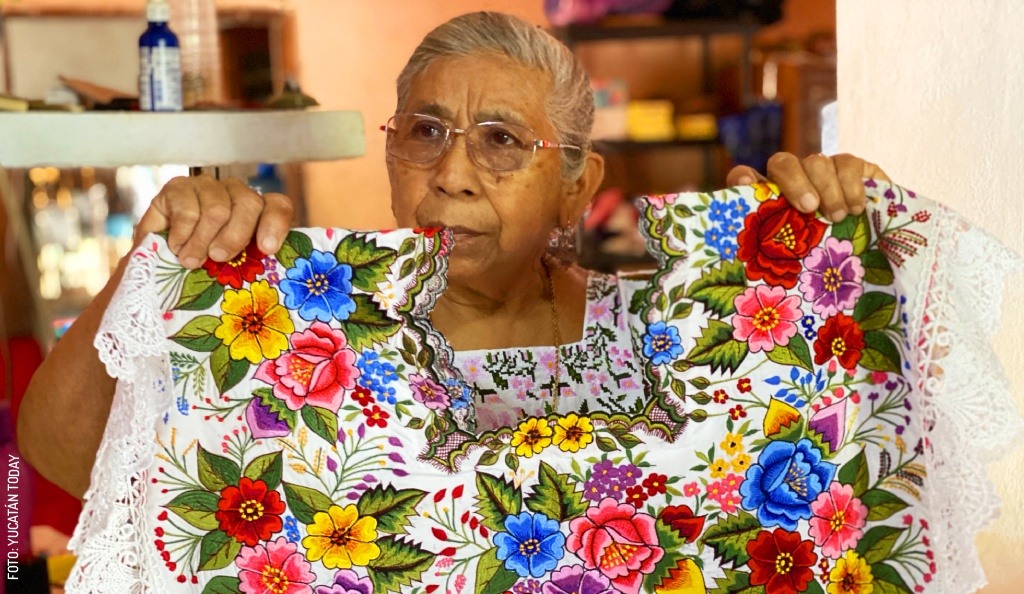
The hipil: What it is, how to wear it, and how to buy it
El Hipil: Typical Garment Worn by Mestizas, The hipil: What it is, how to wear it, and how to buy it
We Yucatecos are deeply in love with our culture. One of the things that fills us with the most pride is our traditional clothing, especially the hipil (pronounced ee-PEEL), the traditional attire of women from the Península. But what exactly is an hipil? And how is it worn? In this article, we’ll share everything you need to know about this iconic garment from the southeast.
¿What is a hipil?
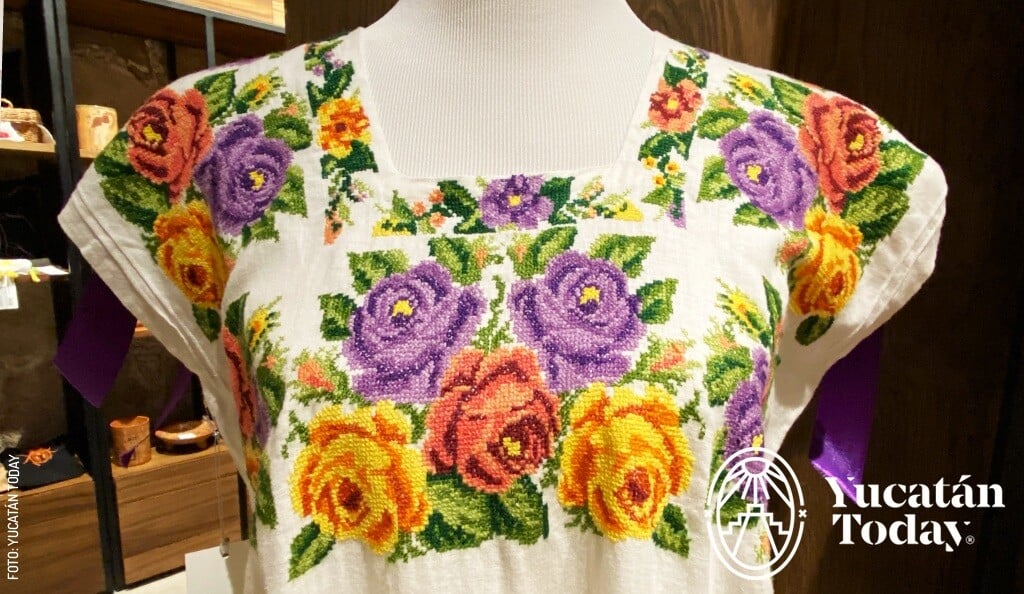 The hipil refers to the straight, sleeveless tunic that has historically been a staple in the wardrobe of Maya women. According to Professor Patricia Etcharren, the origin of this garment is pre-Hispanic, as depictions of hipiles can be seen in sculptures and ceramic pieces from archaeological sites such as Bonampak and Yaxchilan.
The hipil refers to the straight, sleeveless tunic that has historically been a staple in the wardrobe of Maya women. According to Professor Patricia Etcharren, the origin of this garment is pre-Hispanic, as depictions of hipiles can be seen in sculptures and ceramic pieces from archaeological sites such as Bonampak and Yaxchilan.
While the color and design of hipiles vary between communities in southern México, the contemporary Yucatecan hipil is typically white, with a square neckline, and adorned with floral embroidery around the neck and hem.
When is it appropriate to wear a hipil? And a terno?
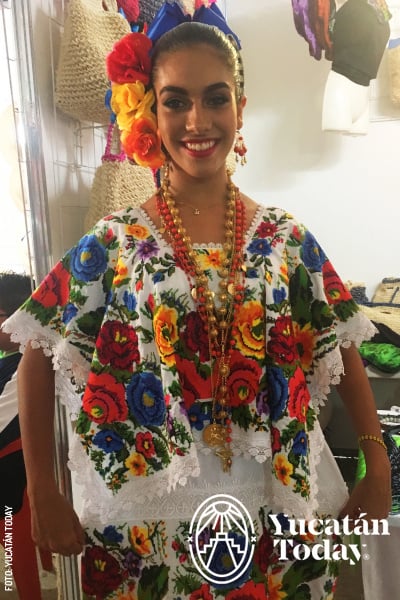 The hipil is a versatile and lightweight garment, perfect for warm weather. There is a wide variety of styles and combinations to suit different occasions.
The hipil is a versatile and lightweight garment, perfect for warm weather. There is a wide variety of styles and combinations to suit different occasions.
For formal events, it’s best to wear a terno, which refers to the combination of an hipil with a jubón (a square, embroidered flap with lace) and a fustán (a skirt with decorations at the bottom). To follow tradition, the ideal way to complete the outfit is with floral hair accessories, gold filigree jewelry, and heels.
For formal but less extravagant occasions, it’s appropriate to wear a long hipil or combine just the hipil with a fustán. This set is worn with multicolored filigree jewelry and, of course, the famous rebozo (a shawl worn over the shoulders).
For everyday wear, there are short hipiles that reach knee-length. If you prefer pants, there are hipil-style blouses, which usually reach the hips, come in various colors, and have bows on the shoulders.
But be careful! The color of the embroidery on hipiles carries different meanings. Gema Santos, a designer and artisan manager, notes that conventional hipiles have colorful embroidery, but if they are embroidered entirely in black, they are considered mourning attire. Additionally, hipiles with only white flowers are reserved for brides.
How can I make sure I’m buying a quality hipil?
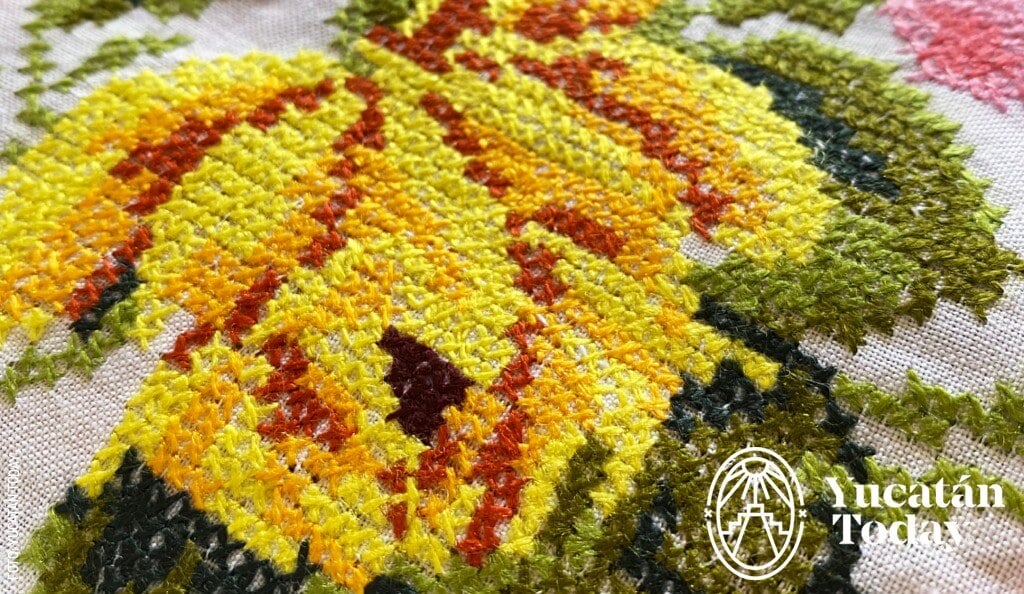
The finest hipiles on the market are made from white linen, followed by cotton hipiles, and the most affordable are those that combine cotton with polyester.
If you're interested in the artisanal aspect of this garment, the most sought-after hipiles are those hand-embroidered using the xookbil chuuy technique (counted-thread or cross-stitch embroidery), although there are other options, such as hipiles embroidered by pedal sewing machines or hand-painted hipiles. It’s important to note that artisanal hipiles are quite delicate and expensive; a high-quality hipil (made of cotton and embroidered by pedal machine) is usually priced between $1,000 and $2,000 pesos. If you're looking for an option below that price tag, you can opt for hipiles embroidered by industrial computerized machines or hipiles without embroidery but with lace details.
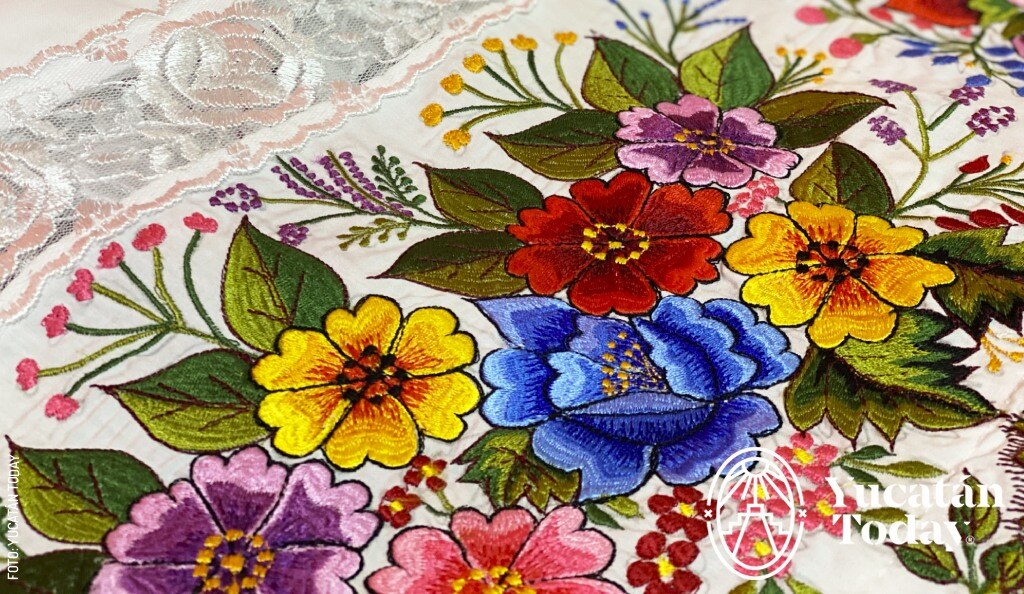 When it comes to ternos, prices depend not only on the material and technique, but also factors like how wide the embroidered sections are and the number of colors it features; prices for artisanally embroidered ternos start at around $5,000 pesos, if they’re embroidered by machine, and can cost tens of thousands of pesos if they’re embroidered by hand.
When it comes to ternos, prices depend not only on the material and technique, but also factors like how wide the embroidered sections are and the number of colors it features; prices for artisanally embroidered ternos start at around $5,000 pesos, if they’re embroidered by machine, and can cost tens of thousands of pesos if they’re embroidered by hand.
Regardless of the model, when buying an hipil, you need to make sure it doesn’t look twisted, that the details and embroidery are securely attached to the fabric, and that none of the decorations are fading or staining the base fabric.
How can I care for my hipil?

Ivanir Arceo, owner of a regional clothing brand, advises that while you can send your hipiles to the dry cleaner, the best way to care for them is always to hand wash them, specifically with blue soap for clothes.
After washing, hipiles should be hung to dry in the shade without using clothespins, as these tend to wear down the decorations. For maximum care, you can get “shoulder pads” or completely straight clothing hangers (unlike the standard triangular ones) to avoid deforming the shoulders of your hipil.
We hope this article has made you fall in love with the beauty of Yucatecan textiles. We encourage you to support local artisans and businesses when purchasing your preferred design. Just remember, we Yucatecos say hipil, not huipil!
*Special thanks to Gema Santos, designer and artisan manager, and Ivanir Arceo, of the regional clothing brand Yucachulas, for sharing their knowledge with us.
Editor’s Note: Never be afraid to purchase and wear an hipil! Your purchase helps support local artisans, and wearing it according to local customs is a way to display your love for Yucatán. Just never wear it as a costume.
Photography by Yucatán Today and Olivia Camarena, for its use in Yucatán Today.
First published in Yucatán Today print and digital magazine no. 444, in December 2024.

Author: Carlos Argüelles
Fashion designer and cultural agent. Lover of art, history, coffee, and Yucatecan gastronomy.
In love with Yucatán? Get the best of Yucatán Today delivered to your inbox.
Related articles
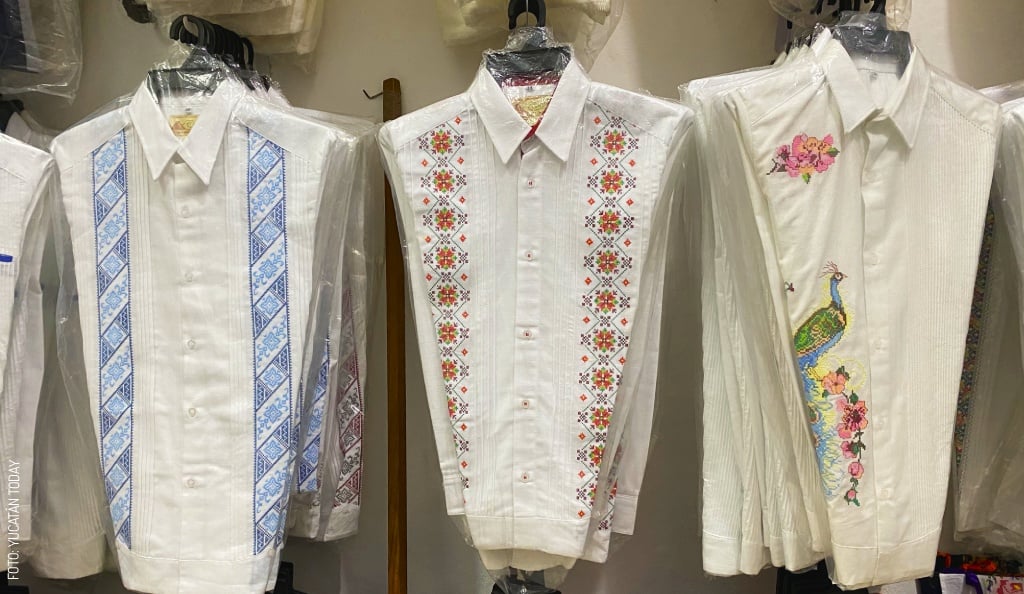
The Guayabera: What It Is, How to Wear It, and How to Buy It
All you need to know about the Guayabera! From its artisanal composition, care, and special occasions to wear it.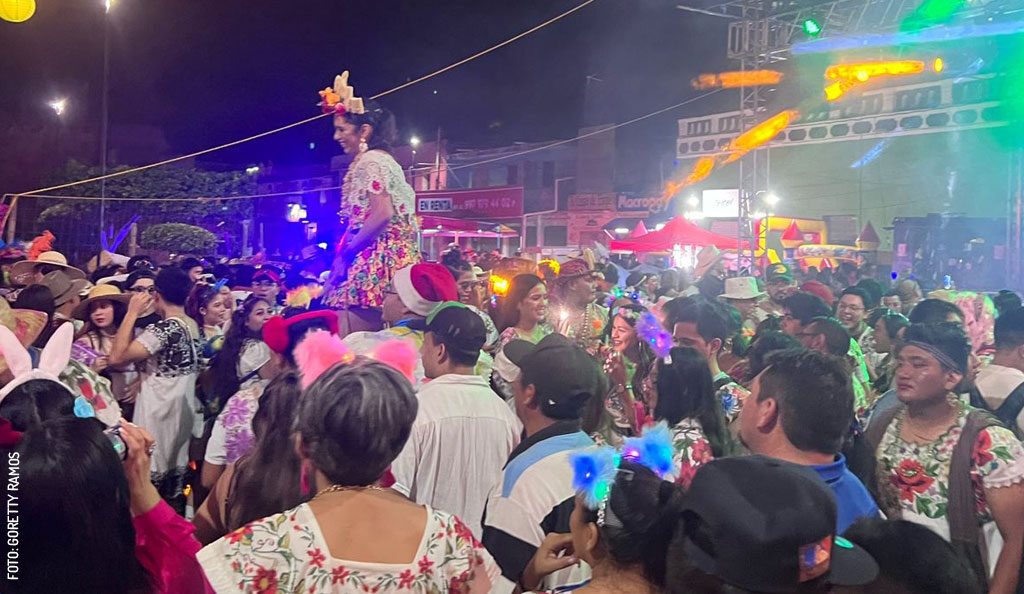
Oxkutzcab, the Carnival of Xtoles and Colors
The night of the Xtoles is one of the most anticipated Carnival celebrations in Oxkutzcab. Dressing up as an “Xtol” is more than just wearing a hipil...